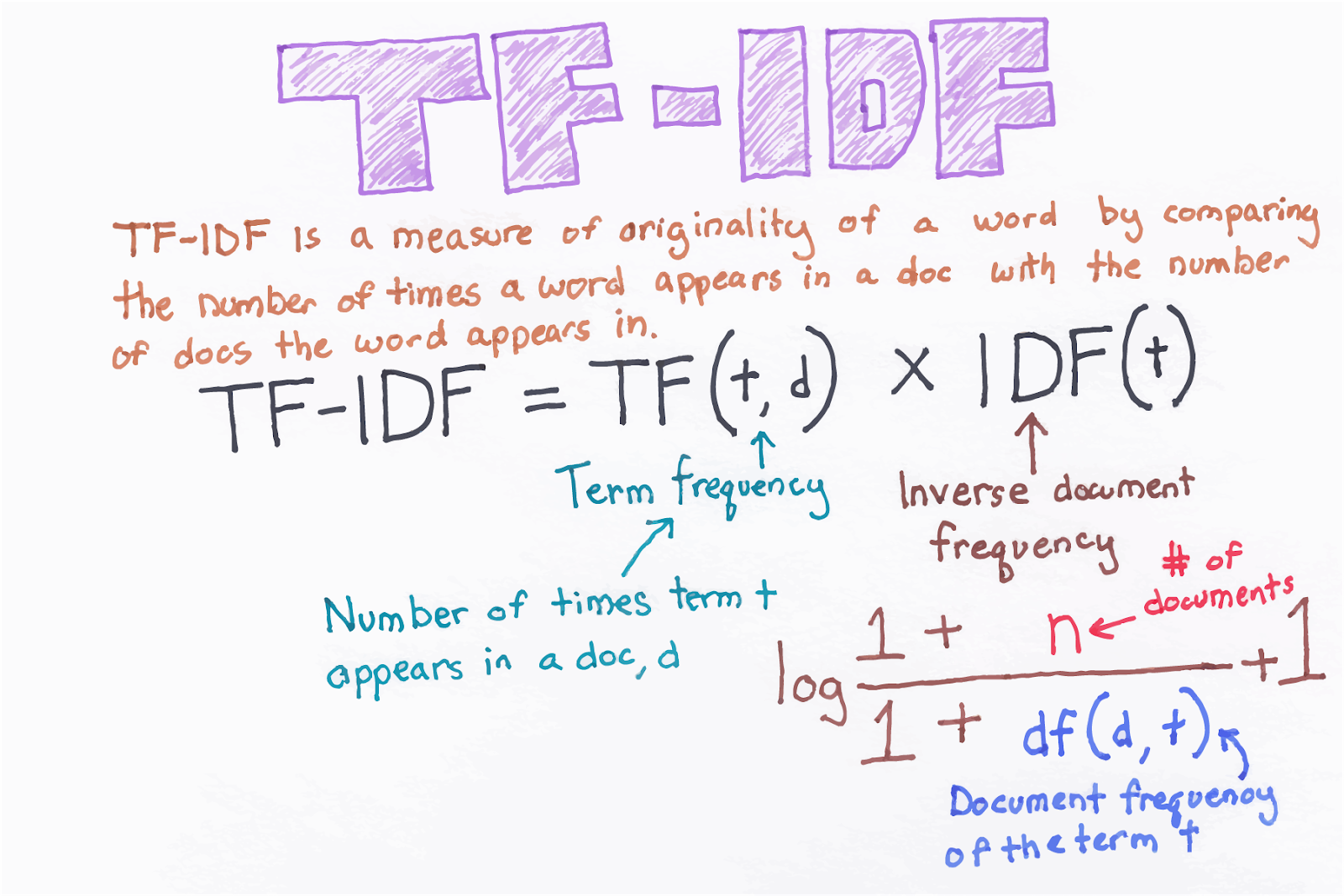Natural language processing is a branch of machine learning with the goal of reading, deciphering, and understanding natural human language.
This tutorial will introduce you to basic concepts in natural language processing. We'll move on to building our first natural language processing model in the next tutorial.
Table of Contents
You can skip to a specific section of this natural language processing tutorial using the table of contents below:
- What is Natural Language Processing?
- How To
featurizeDocuments in a Natural Language Processing Model - Improving Natural Language Processing Using Term Frequency - Inverse Document Frequency
- The Use Cases of Natural Language Processing
- Final Thoughts
What is Natural Language Processing?
Natural language processing is the field of building computer programs that can read, interact with, and analyze text written in real human languages.
Natural language processing techniques generally have three broad steps:
- Compile the documents that you'd like to analyze
featurizethe documents - which means calculating quantitative characteristics based on the documents' contents- Compare the features of the documents to identify similarities and differences
The first and third steps listed above are relatively simple. It is the featurize step where the nuances of natural language processing begin to emerge.
How To featurize Documents in a Natural Language Processing Model
We'll see how to featurize documents using Python in the next section of this course. For now, it is still useful to see a very basic example of featurization.
Imagine that you have two very short documents with the following contents:
black dogbrown dog
One common way that you could featurize these documents is by creating a Python tuple that contains each unique word in both documents. The tuple could have the generic form of (brown, black, dog) with the following values for each document:
black dog-(0, 1, 1)brown dog-(1, 0, 1)
A document featurized in this manner is often said to be vectorized, since this data structure resembles a vector from the field of linear algebra.
Similarly, a document represented as a vector of word counts is typically called a bag of words. You will see this term again and again in your study of natural language processing models.
Once you have transformed the documents in your data set into bags of words, you can calculate their similarity using cosine similarity. Here is the formula for this metric:

Improving Natural Language Processing Using Term Frequency - Inverse Document Frequency
You can improve on this basic bag of words method by adjusting word counts based on their frequency in the body of documents that you are analyzing. This body of documents is sometimes called the corpus.
As an example, a high frequency of the words machine learning might not be very useful in a corpus that contains the lessons frmo this course, since those terms have high frequency in every document.
We use TF-IDF to address this. TD-IDF stands for Term Frequency - Inverse Document Frequency. The - is literally the minus sign, while the other two elements of the formula have specific definitions:
Term Frequency: The important of a term within that specific documentInverse Document Frequency- the importance of that term in thecorpus
Here are the true mathematical definitions of each term:
Term Frequency: TF(d, t) is the number of occurrences of termtin documentdInverse Document Frequency- IDF(t) = log(D/t) whereDis the total number of documents andtis the number of documents within the term
Using these two terms, we can calculate TD-IDF with the following formula:

Don't worry if these formulas are a bit difficult to comprehend. It is sufficient to have a high-level understanding of what these terms mean.
The Use Cases of Natural Language Processing
There are a number of use cases in which natural language processing could prove to be useful. We'll discuss a few of them in this section.
First, imagine that you work for Apple News and you want to curate news. Natural language processing would allow you to recommend similar news articles based on their similarities to an existing article that a user is reading.
Another potential use case of natural language processing is in the legal field. Imagine you're a lawyer working on an obscure legal case and want to find previous rulings that could support your case.
Instead of manually sifting through hundreds of case documents, you could use natural language processing to programmatically find similar cases to the one you're working on.
Final Thoughts
In this tutorial, you had your first code-free introduction to natural language processing.
Here is a brief summary of what we discussed in this tutorial:
- What natural language processing is
- The steps in building a natural language processing model
- How to
featurizea document when building a natural language processing model - Examples of when natural language processing could be useful in the real world
